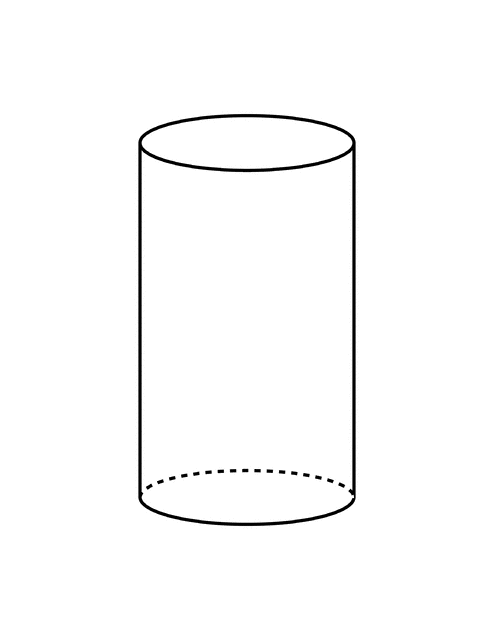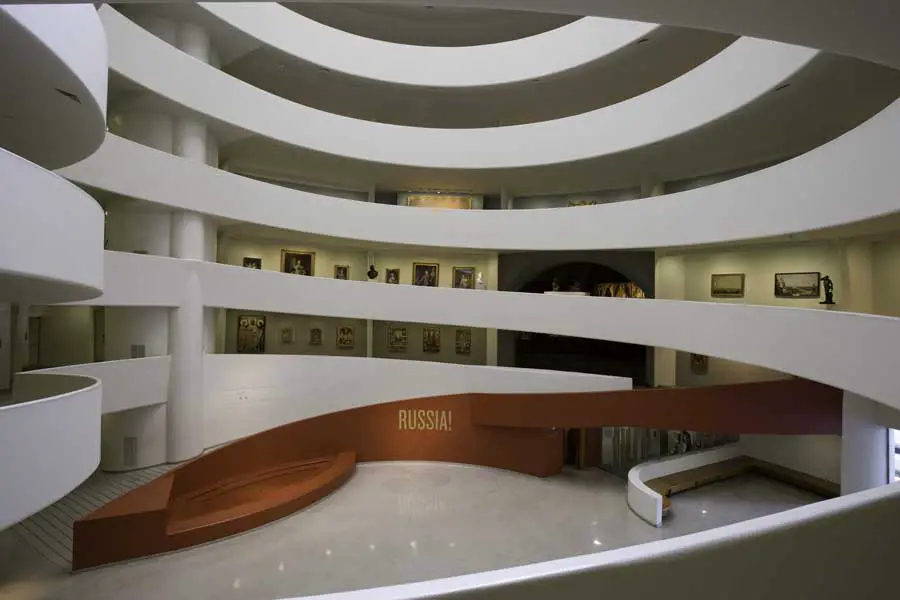Robert Sitbon
10/17/13
Tuesday, October 29, 2013
Westwood on the Cuttng Edge
Robert Sitbon
Westwood on the Cutting Edge
Research
Emotiv Insight:
The Emotiv Insight is a wireless headset that connects to an app on your phone and the headset reads your brainwaves to do commands. For example the headset can see your focus on a certain subject and seds the data to the app and you can see the amount of focus you had on it.
Raspberry Pi:
The Raspberry Pi is a credit card sized computer which can do anything a normal computor can do. It can download things and run programs. What the business that is making this hopes to do is to use the computer to help kids learn how to program.
Arduino Intel Galileo:
This is a circuit board that can be used to test prototypes. For example people can test LED's responding to social media or projects on home automation.
Makerbot Digitilizer:
The Makerbot printer is a 3D printer able to take digital models and use a plastic medium to build the model.
Brainstorm
Using the Makerbot Digitilizer
1. We can use this as a way to layout things we are building. We can use it before we design something or during. For example we design a table and download it to the makerbot's program and make the printer print out a model of the table before we build it. This idea is especially good because these miniature models can show flaws in the design before you build the real thing to find the larger flaws.
List of other ideas:
1. We can use the arduino by creating a motor which can be used to motorize the joint on the catapults later in the year.
2. We can use the makerbot printer to make puzzles
3. We can use the raspberry pi to download music and creat a playlist for the class.
4. We can use the Emotiv Insight to read everyones brainwaves.
Thursday, October 10, 2013
Guggenheim Field Trip
Robert Sitbon
10/10/13
10/10/13
The Guggenheim Museum
The reason i chose the Guggenheim Museum of art is because it was created by a world renown architect. Frank Lloyd designed this building in a very odd shape, in the shape of a spiral. the exibits are shown along the spiral then break off into a cone shaped building.
I think this place would be academically relevent because the building shows the limits of how architects can design buildings. It would also be educational because it was built by a world renown architect.
Thursday, October 3, 2013
The Airplane Innovation
Robert Sitbon
The plane has changed the way society views the ways of travel worldwide. The modern version of the plane is very different than the plane that the Wright Brothers had. These planes have developed into massive beasts of the air. These planes have become mobile hotels with food and catering, they even let you watch television so long trips dont feel so long.
The most impactful part of innovating planes is the engine. The engines being changed over the years have made travel faster and more silent. The engines are also more fuel efficient using less diesel for long distance travel. Some planes have become gigantic for example some have enlared fronts to alow a larger lounge area for first class.
The Airplane Invention
Robert Sitbon
Author: The Wright Brothers
Date of completion: 1903
Name of work: Flyer
The Airplane
In 1899, the Wright Brothers get information from the Smithsonian about flight experiments. From the data they designed the first aircraft. Their design was a small, bipedal glider that was flown like a kite. While designing the aircraft they faced the hardest problem, controlling it during flight. After many failed and sucessful attempts they found that a moveable tail would fix the controling problem. They then studied how to use a propeller and placed one on their aircraft known as the "Flyer." on December 17, 1903 the Wright brothers took the "Flyer" ot to a custom made ari field and rode it down a hill, and after 2 attempts Orville Wright sustaied 12 seconds of flight.
This invention was important to modern day life because it started a new way to travel. It lead to the creation and developement of larger and faster planes. These planes gave the power to us to travel accross the world instead of us having to use boats or ferries to travel.
Subscribe to:
Posts (Atom)








